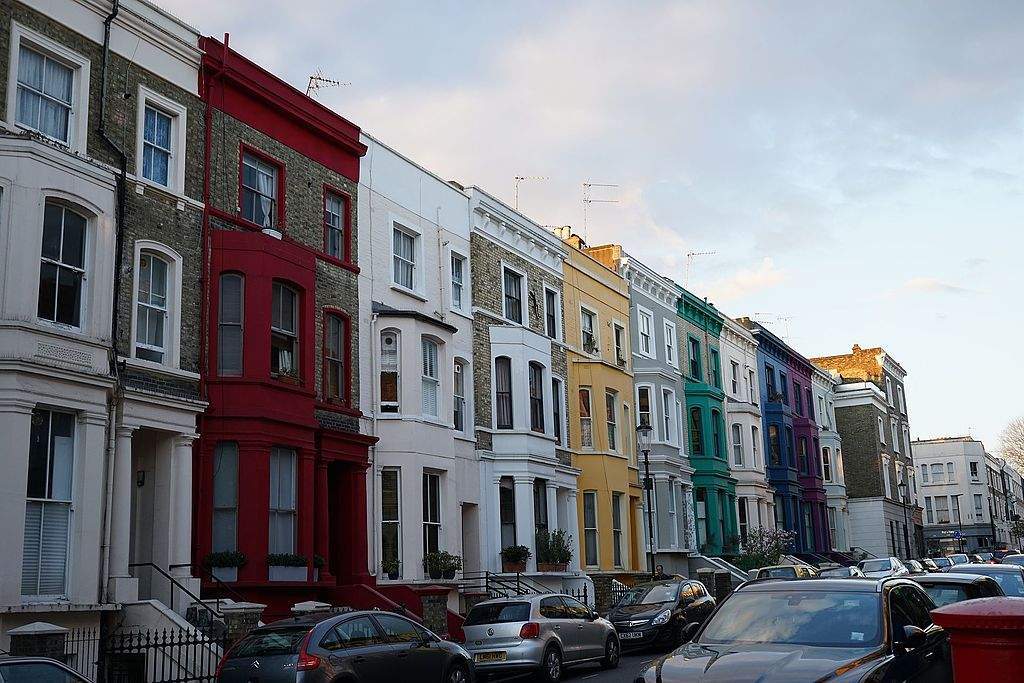
Demand for the buy-to-let scheme is set to increase in demand over the coming years and investors should take notice, writes Andy Foote
The business of property investment is changing. Historically a prerequisite for a solid portfolio, the UK’s buy-to-let boom began to take off in the 1980s and 1990s: for a time it was viewed as somewhat ‘easy’ money for those looking to significantly boost their wealth through a solid, tangible, high-growth investment.
However, over recent years, this type of investment has lost favour among some circles, being viewed increasingly as small change rather than big business, arguably due to Government changes to stamp duty, tax relief and lending rules. But could it be that buy-to-let is still a lucrative investment that needs to form part of an overall investment strategy?
Ultimately, the answer is yes, says Andy Foote, director at leading UK property investment and development company SevenCapital.
Foote points out that historically, those who made their wealth during the 80s and 90s made it through property when buy-to-let first took off. Property has always been a relatively strong and stable investment, growing over time whilst earning passive income for the investor without sacrificing capital.
As with any investment, the secret ingredients in making it work include agility, diversification and confidence. Whilst there’s no doubt UK property value growth has slowed, or already downturned in some areas, experienced investors and those treating buy-to-let as a business entity will know well the cyclical patterns of the property market. It’s true that prices have slowed with political uncertainty but the bigger picture reveals that UK property prices have always recovered and have continued to grow.
Price slowdown and government changes to the market represent unique opportunities for the seasoned investor. While other ‘accidental’ landlords and more casual investors will view these changes as a reason to leave the market, the savvy buyer will realise that now is the time to seize an opportunity before prices start to recover. Government changes can always be navigated and while the process may have changed, UK property and thus, buy-to-let, still provides tangible and consistent returns over a long-term strategy.
This became apparent in the SevenCapital Brexit Survey, which found that nearly 85 per cent of investors currently investing in property still invest within the UK.
Since the previous UK average property price peak in 2007 at £189,489, property has continued to increase more than 20 per cent to over £230,000 in 2019. The South East took that trend one step further with prices increasing by 35 per cent during the same period – delivering much healthier returns than most other regions due to a higher average price overall.
For those choosing to leverage their investment strategy over that amount of time, that’s a serious return. Even for cash buyers, it would still bolster a good investment portfolio.
As far as demand for buy-to-let is concerned, the sector will benefit from a rental population set to increase significantly over the coming years. According to analysis by Verismart, the UK will become a nation of predominantly renters by 2045, with 55 per cent of the population living in the rental sector.
With an annual value of £66.7 billion, the UK rental market has a higher GDP than many countries around the world, demonstrating not only the stability of the market but the appetite for rental property right now.
Andy Foote, director at leading real estate investment and development company SevenCapital, comments: ‘If smaller landlords are selling up and exiting the market yet rental demand is increasing, those who’ve stood strong in the market are, in theory, still winning because in the right areas there are more tenants than available properties.
‘If we’re set to see emerging growth as the market stabilises, surely now could be a good time to buy – in the downturn, while price growth is stalling but rents are increasing. Just as buying off-plan at below-market rates can work out as a fruitful investment. Investing now and waiting for the market to recover could pose a risk, but it could well turn out to pay dividends in the long run.
‘On the other hand, if you’re an investor who typically buys in the prime property market but your enthusiasm for the market has been dampened by higher stamp duty, could you change tack and invest a similar sum in a higher number of lower value properties for a better overall return, especially in high-growth regional cities? There is a lot to be said for going back to the drawing board and redrawing your strategy.’
For more information on SevenCapital visit www.sevencapital.com.







